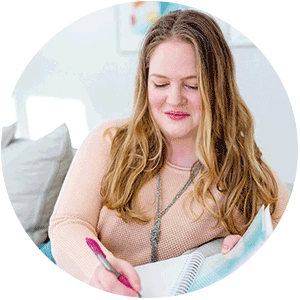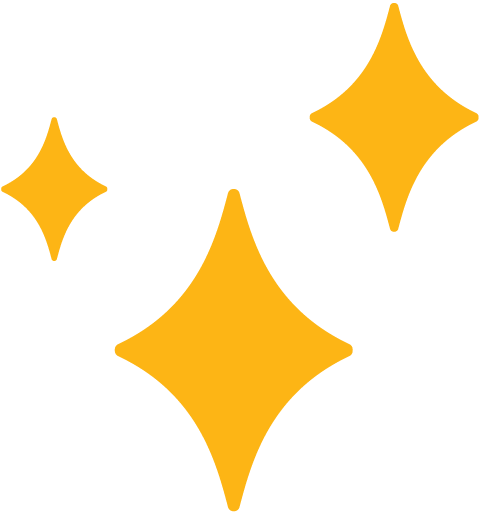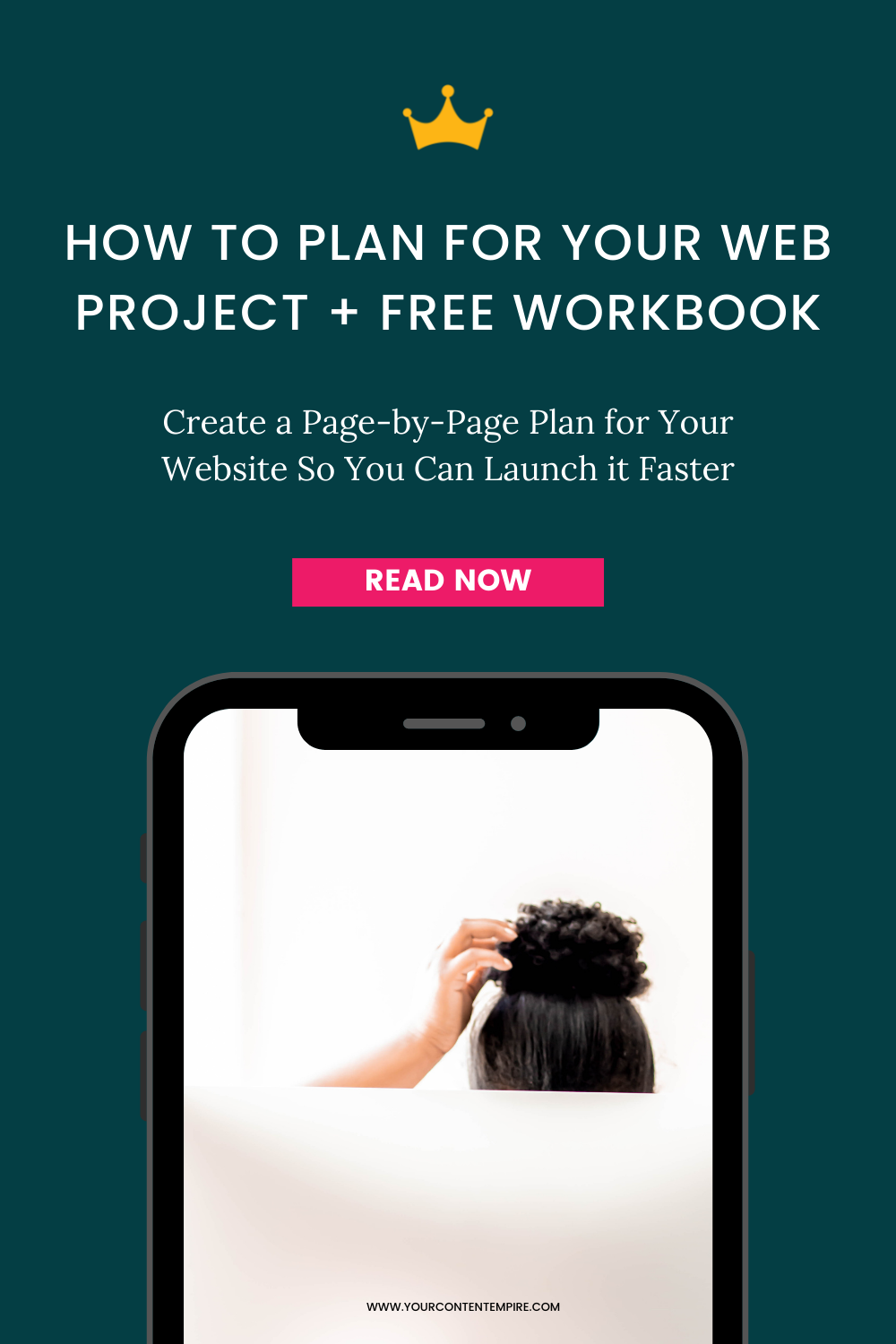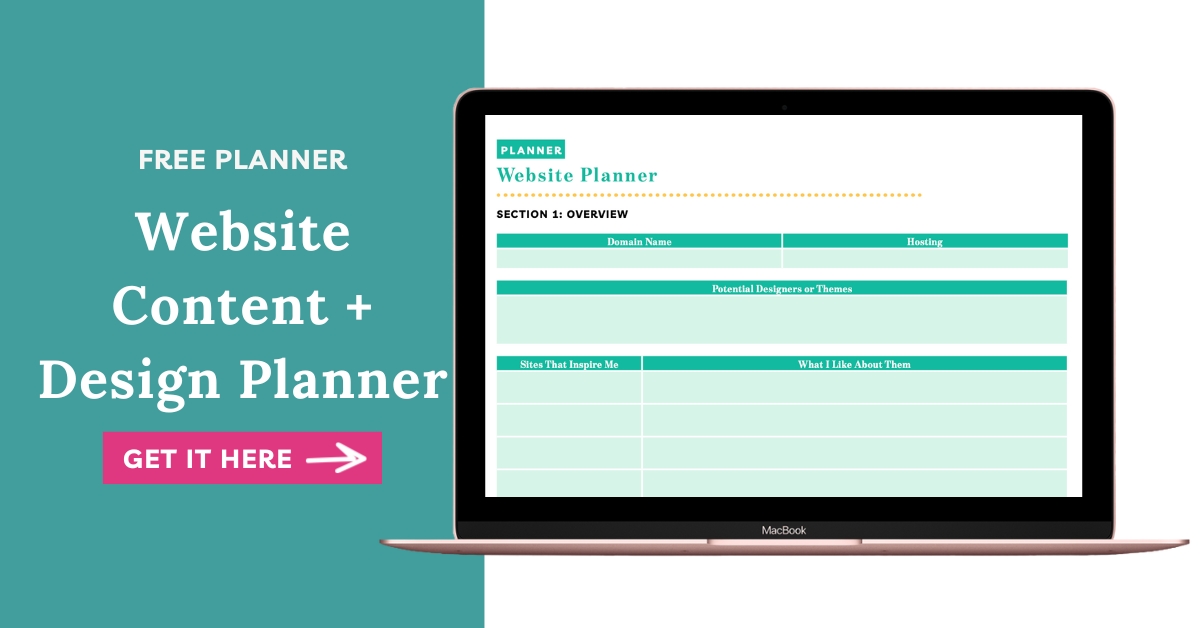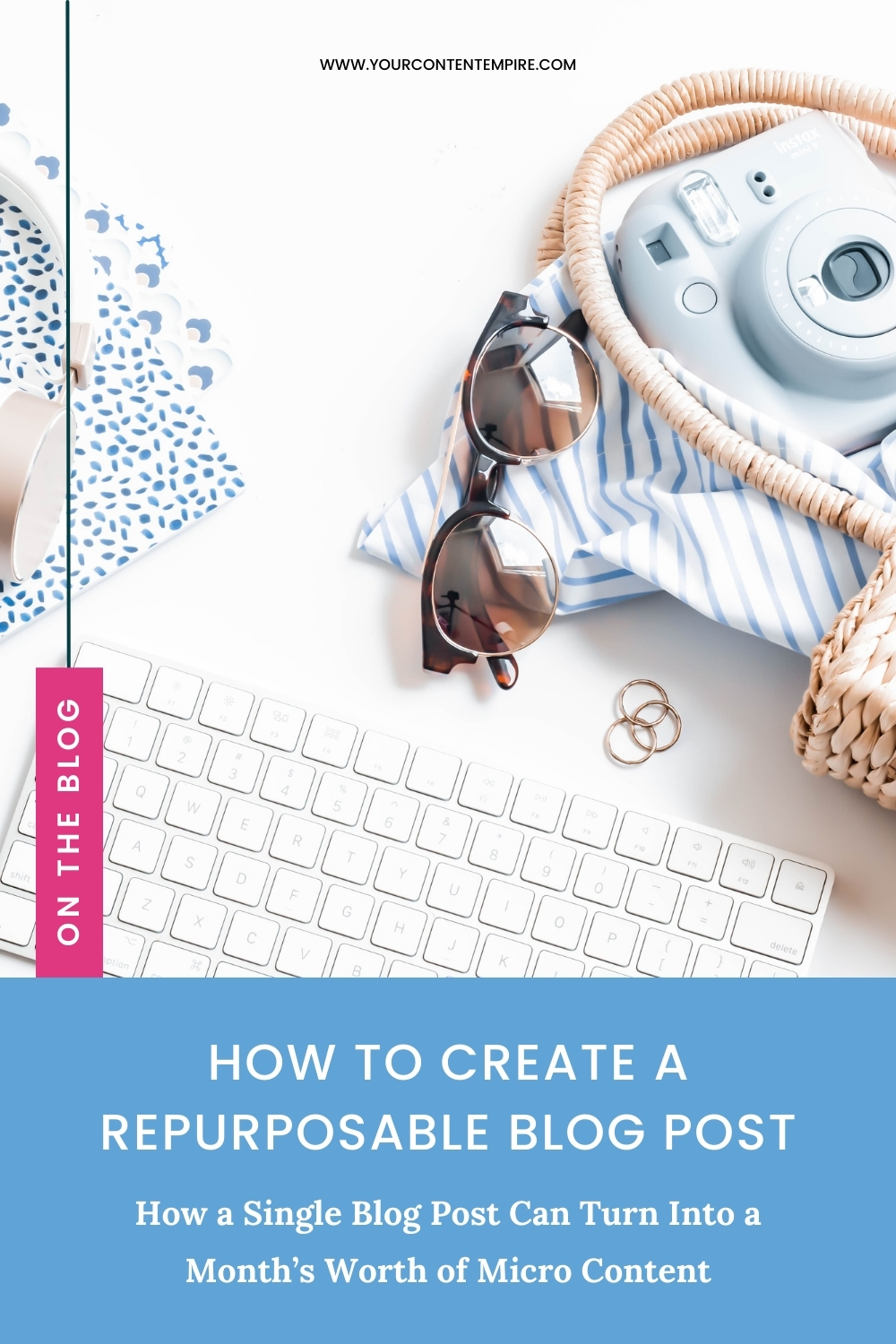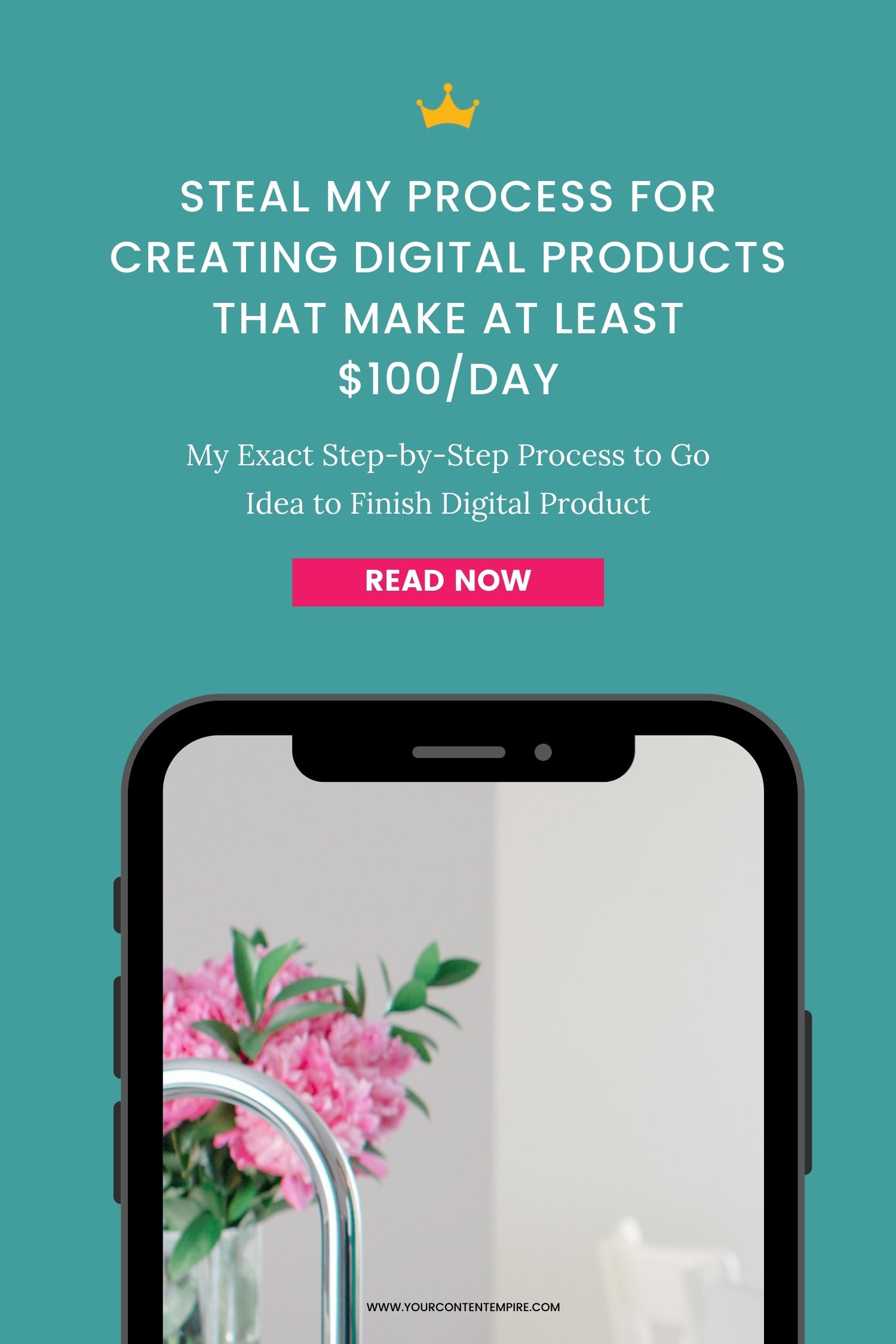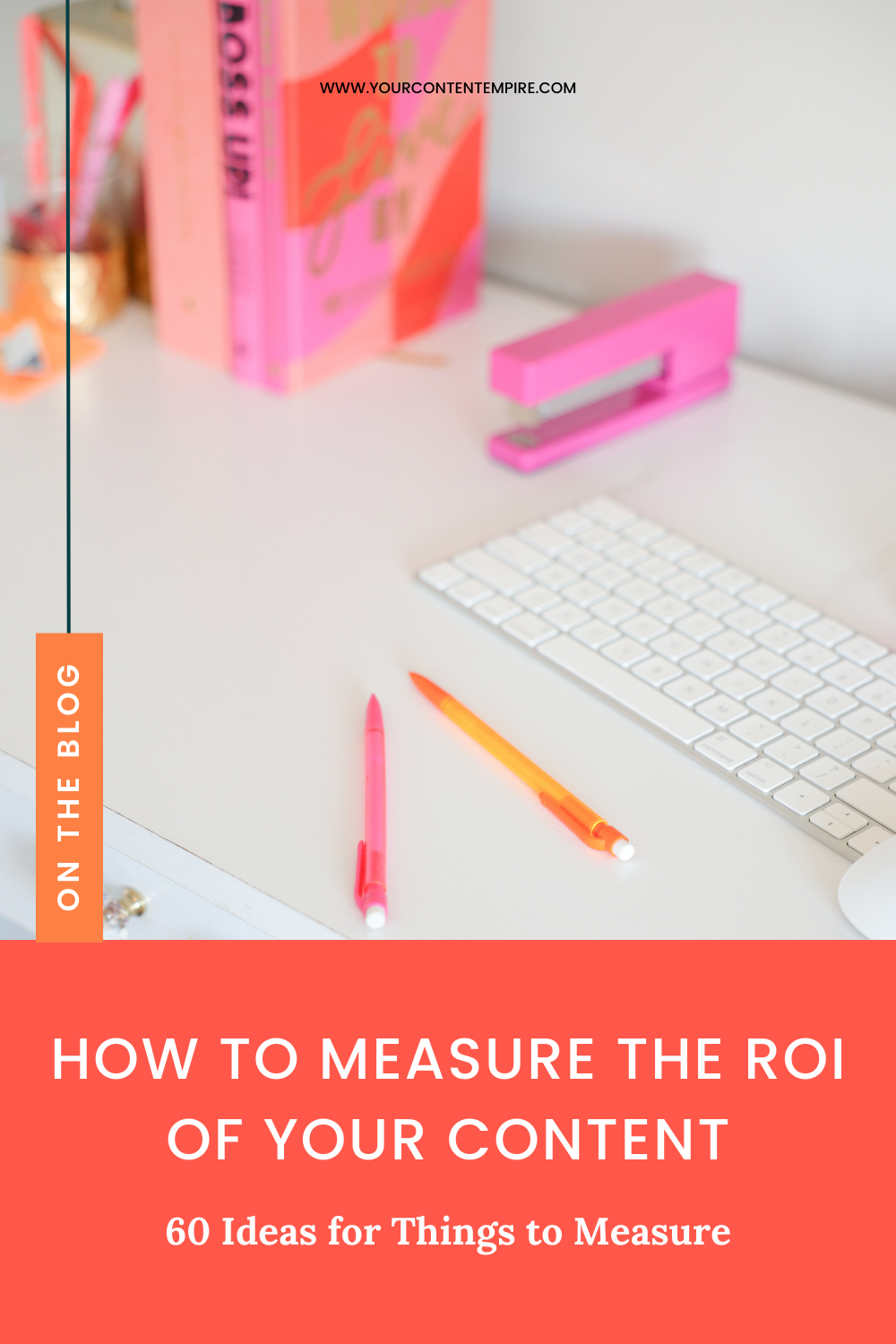Part of having great content is having a website to put it on. And whether you’re hiring a designer, DIY or getting your second-cousin’s best friend to help you, having a plan for your website before you start will save you a ton of headaches. Plus – you'll know exactly what content you need for where. So here's your complete guide (and free planner) to pull off your website project:
Even if you’re handing it off to someone else, the first things they’re going to want to know are:
What style you’re envisioning
What your website has to be able to do (it’s functions)
What the goal and purpose of your website
And in most cases, even though someone is technically designing or building your website, you’re responsible for providing the written content and images. And by having these pieces gathered, the whole process will run a lot quicker and smoother. In some cases, designers or developers won’t even touch your website until you have everything gathered. But even if you’re doing the site yourself, the time that you save by having everything pulled together and easily accessible will save you a bucket load of hours.
So here are some steps that you should take when preparing for your website:
1. Start pulling together an inspiration board for your brand and website
When you’re first beginning on this step, just create a secret Pinterest board and start pulling in anything you are drawn to without censoring or evaluating it. Then after you’ve gathered 30-50 pins, take some time to fill out the following questions.
Looking for inspiration to pull from? View my inspiration boards that I’ve pulled together with a variety of styles and feelings for clients to brainstorm with: Branding Inspiration and Website Inspiration
2. Answer the following questions
- Who is your target customer?
- What type of style or aesthetic will they be most comfortable with or attracted to?
- What colours appeal to your target customer?
- How do you want your target customer to feel when they arrive on your website?
3. Revisit your Pinterest Inspiration Board
With these answers in hand, go back through your Pinterest board and evaluate your pins based on what would appeal to your target customers (but that still excites you)! Delete the pins that don’t fit the bill. Are patterns starting to emerge in the pins that are left? If not, go and pull some more pins that fit what you’re looking for until you have an inspiration board for your website. The aim is to have a selection of brand designs, colours, patterns, website samples, fonts and images.
4. If you have hired a designer/developer to create your website, you’re finished!
If you’re doing it yourself or are just feeling extra inspired, use the pieces on your Inspiration boards to create a palette and inspiration board.
